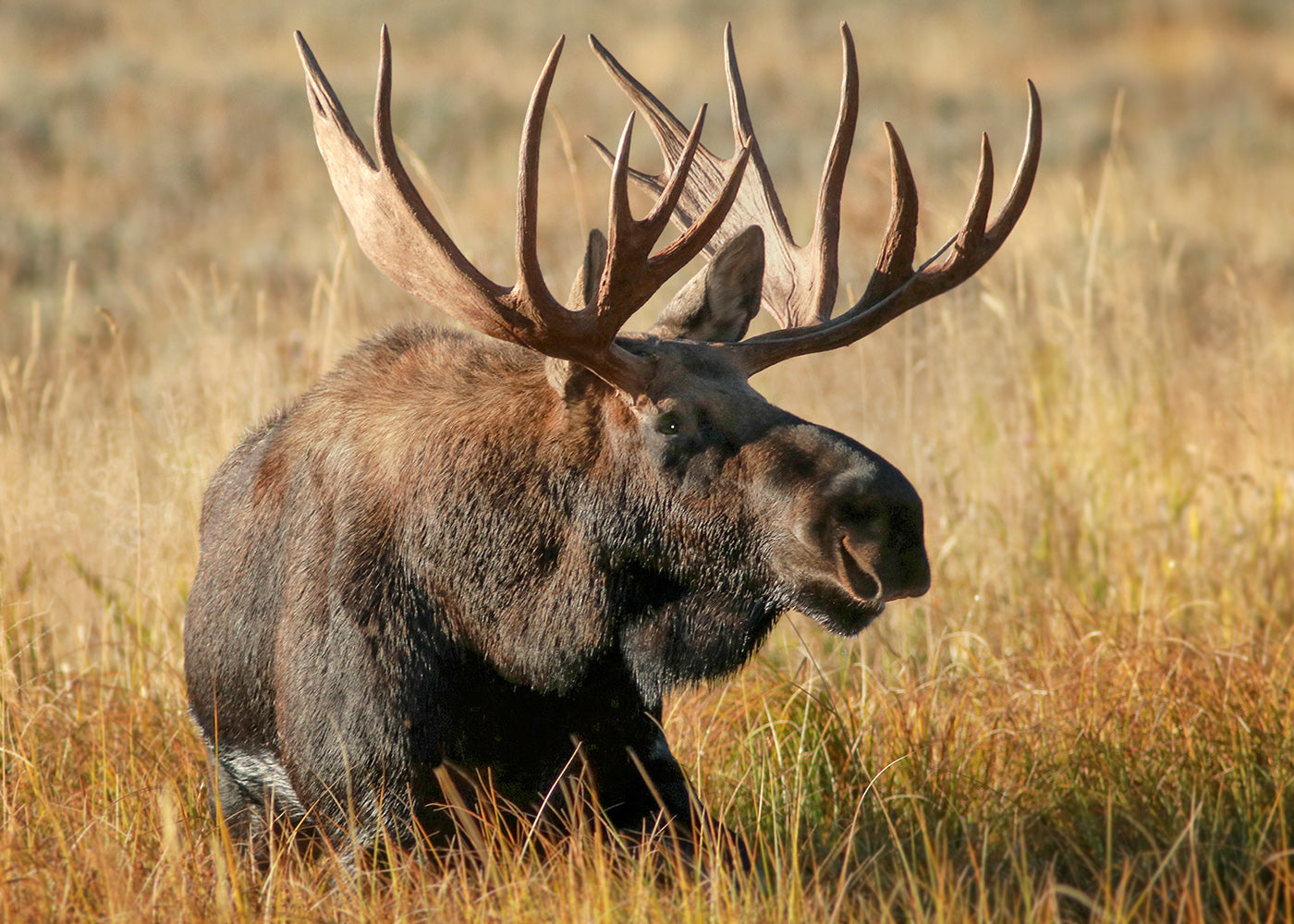
Digiscoping: Another Tool for Wildlife Photography
Digiscoping is defined as the practice of shooting digital photos or videos with a camera attached to a spotting scope. A Malaysian birdwatcher William Poh is credited with starting the practice which was given the the nickname "digiscoping" by Alan Fosse back in 1999.
In the beginning, homemade adapters to were used to attach low res digital cameras to not very good scopes. Advancements in scope, camera and adapter technology now allow excellent photographic results. Focal lengths of 1,000 mm to 3,000 mm and more with 1.6 scope extenders are possible. I discovered digiscoping accidently after retiring from a 30 year career as a staff photographer for Lockheed Martin and became instantly enamored. I was fascinated by the extreme focal length and the detail it provided me for capturing birds and wildlife, my newfound interest in retirement. It is now my preferred method of photographing.
Phonescoping has now made it even easier and enhances the use of a scope. Half the pleasure of owning a scope is sharing your view with others of distant grizzly bears with cubs high up on mountaintops, a wolf den with pups a mile and a half away or a bald eagle nest with chicks in a distant tree. Adding a phone to your scope allows you to immediately share these views right on the screen while simultaneously taking photos or even 4K video. It brings me great delight to see the faces of kids and their parents light up with joy followed by “Wow! That’s amazing!”, while viewing distant wildlife not visible to the eye.
When digiscoping with a camera I use a Panasonic GH series camera. The GH offers focus peaking which is very helpful for critical focus. I use a 20mm 1.7 lens. I also use a Zucoto viewing loupe which attaches nicely to the back camera screen. This offers a very nice view of my subject and aids in critical focus.
When phonescoping I use an iPhone and have been very pleased with the results. It attaches to my scope with the Novagrade Double Gripper adapter. I prefer this adapter as it is universal and attaches any phone to any scope. You only need to buy one, even as you upgrade your phone. It also allows you to keep your phone case on. I would have lost a million dollar bet that I would be using a phone for image capture but in my current role as US Brand Ambassador for Kowa Sporting Optics it helps greatly in demonstrating the power of a scope at my workshops. Also, everyone has a smartphone, so why not attach it to your scope to enhance its capability?
I equate digiscoping to fly fishing which I also enjoy. It is very deliberate and requires great concentration but is actually very easy if you practice some very simple techniques. A very stable tripod is required. With the extreme focal lengths any wind or vibration will minimize the focus. Critical focus is the toughest part due to minimal depth of field. I prefer a micro four thirds cameras with focus peaking. These cameras are lighter than DSLRs and the focus peaking, while not perfect gives you a good starting point on focus. It is all manual focus. I lock the focus on my phone so it does not search. A remote shutter release is essential. You do not want to touch the camera or phone as it will affect critical focus.
I equate digiscoping to fly fishing which I also enjoy. It is very deliberate and requires great concentration but is actually very easy if you practice some very simple techniques. A very stable tripod is required. With the extreme focal lengths any wind or vibration will minimize the focus. Critical focus is the toughest part due to minimal depth of field. I prefer a micro four thirds cameras with focus peaking. These cameras are lighter than DSLRs and the focus peaking, while not perfect gives you a good starting point on focus. It is all manual focus. I lock the focus on my phone so it does not search. A remote shutter release is essential. You do not want to touch the camera or phone as it will affect critical focus.
Digiscoping minimizes impact on wildlife and allows for much more natural behaviors from my subjects as I’m so much further away. I’m appalled at how close some photographers get to nests or large mammals that can injure them. I also enjoy seeing behaviors of animals I have been observing since I was a little boy that I never noticed before. The view through a good spotting scope is crystal clear and one I have never seen with any other lens in my 35 years of photographing. With a scope you can see every feather on a bird while photographing.
You will need a top quality scope to get good results but compare a $3,000 scope which provides 1000mmm – 3000mm focal lengths to a 500 0r 600 prime lens for $6,000 – $12,000.
I love the detail you get using a scope. While not for everyone, I highly recommend giving it a whirl. Think of it as just another tool in your photographic kit. Happy digiscoping everyone!